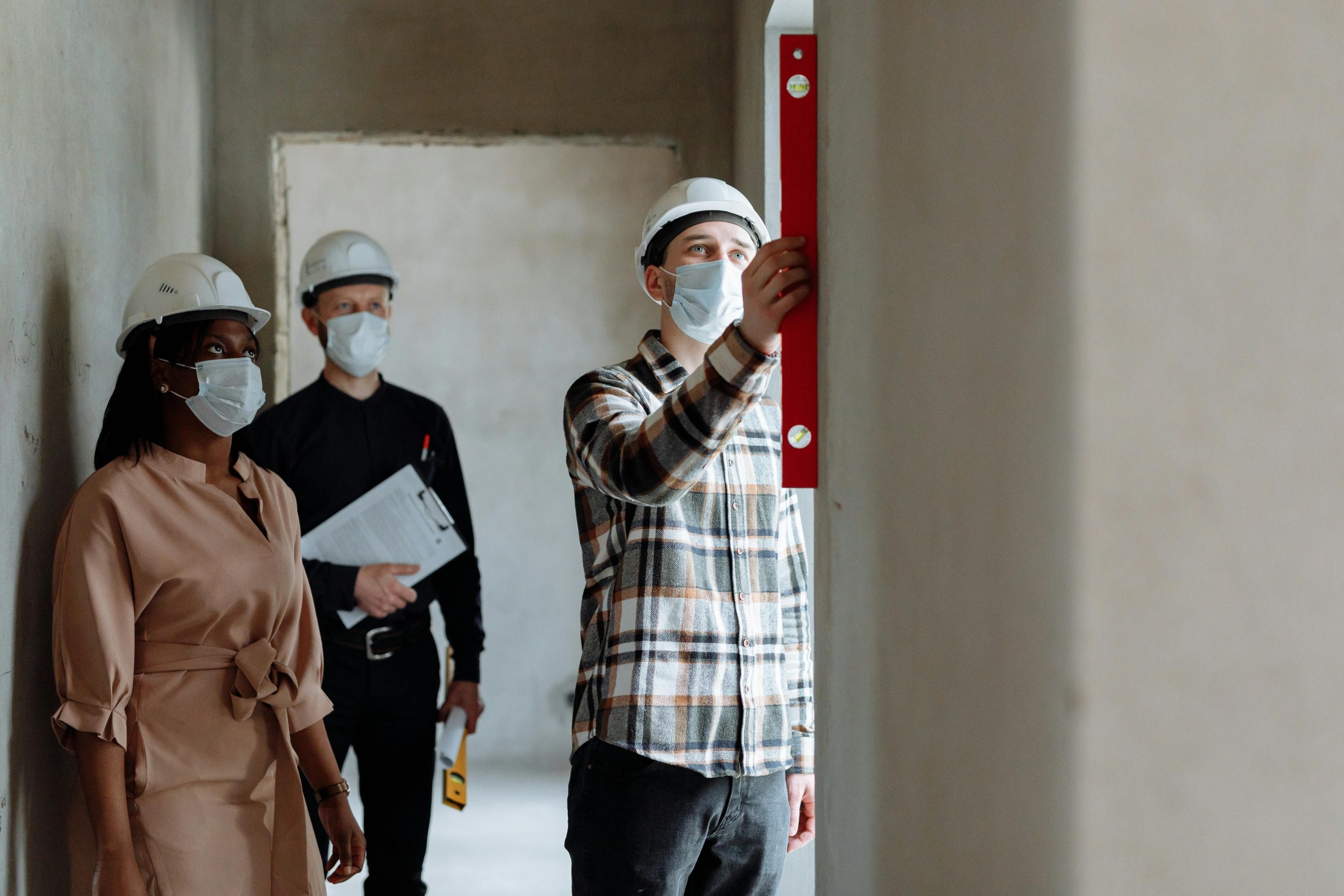Asbestos remains one of the most significant long-latency occupational health hazards in the UK. Despite the prohibition of asbestos use in 1999, asbestos-containing materials (ACMs) are still prevalent across a wide range of pre-2000 commercial, industrial, and public buildings. Exposure continues to result in fatal respiratory diseases, including asbestosis, mesothelioma, and asbestos-related lung cancer. According to the Health and Safety Executive (HSE), asbestos remains the leading cause of occupational cancer fatalities in Great Britain (HSE, 2024). As such, robust, proactive management remains critical to protecting workers and building users.
Legal and Regulatory Framework
The Control of Asbestos Regulations 2012 (CAR 2012) provide the primary statutory controls for the management of asbestos in non-domestic premises. Regulations impose a legal duty to manage on employers, landlords, and persons in control of workplaces. Core obligations include:
- Determining whether ACMs are present and assessing their condition
- Preparing and implementing an asbestos management plan (AMP)
- Preventing or minimising exposure to airborne fibres
- Ensuring information is shared with anyone liable to disturb ACMs
CAR 2012 also differentiates between licensed work, non-licensed work, and notifiable non-licensed work (NNLW). The category determines training, notification requirements, and whether medical surveillance is required. Licensed work must be undertaken by an HSE-licensed contractor, and ASB5 notification must be submitted to the HSE at least 14 days prior to the start of work.
Under the Health and Safety at Work etc. Act 1974 (HSWA 1974), duty holders must ensure, so far as is reasonably practicable, the health, safety, and welfare of employees and others who may be affected by work activities. Failure to discharge these duties can result in enforcement action, prohibition notices, and criminal prosecution.
Risk Identification and Assessment
CAR 2012 requires a systematic approach to identifying asbestos, supported by competent surveying. Duty holders must commission appropriate surveys based on building use and planned works:
- Management Surveys to assess routine occupation and maintenance
- Refurbishment and Demolition Surveys prior to intrusive works
- Surveys and analytical testing should be carried out by UKAS-accredited organisations in line with HSG264 Asbestos: The Survey Guide. Risk assessments should consider:
- ACM type such as chrysotile, amosite, or crocidolite
- Material condition, surface treatment, and friability
- Accessibility and likelihood of disturbance
- Occupancy patterns and vulnerable populations
Friable materials such as sprayed coatings and pipe lagging typically present higher fibre release potential than bonded products such as vinyl floor tiles or cement sheets.
Managing Asbestos Risks
Where ACMs are identified, duty holders must implement proportionate and effective control measures. Management options include:
- Encapsulation or sealing to prevent fibre release
- Repair or reinstatement to preserve material integrity
- Licensed removal where deterioration or refurbishment demands
A current asbestos register must be maintained and readily accessible to contractors and relevant personnel. It should be reviewed periodically and updated following any change to building fabric.
Work liable to disturb ACMs must be undertaken using appropriate control techniques, including:
- Controlled wetting methods
- Negative-pressure enclosures for licensed work
- Class H HEPA extraction
- Fibre-release monitoring
RPE must be face-fit tested, and those undertaking licensed work and NNLW must undergo medical surveillance every three years, with records retained for 40 years.
Where licensed removal work is conducted, the four-stage clearance procedure and Certificate of Reoccupation are required before the area can be reoccupied. Air testing and clearance inspection must be carried out by a UKAS-accredited laboratory.
Asbestos waste must be double-bagged or wrapped, clearly labelled, stored securely, transported by a registered waste carrier, and disposed of at a licensed hazardous waste facility.
Areas containing asbestos should be clearly labelled and access restricted to trained and authorised personnel.
Emergency Procedures
If ACMs are unexpectedly disturbed:
- Stop work immediately
- Evacuate and isolate the area
- Prevent the spread of dust or debris
- Notify the responsible person
- Arrange air testing and reassessment before resuming work
Training, Competence, and Monitoring
CAR 2012 requires employers to provide asbestos awareness training to any worker who may inadvertently encounter ACMs. Those undertaking licensable work require specialist training through approved providers.
An effective asbestos management programme also includes:
- Periodic inspection of known ACMs to assess deterioration
- Scheduled review of the management plan
- Detailed record keeping of surveys, training, maintenance, and incidents
- Air monitoring and clearance certification where appropriate
Any significant change in building use, occupancy, or structure should trigger re-evaluation.
Enforcement and Consequences of Non-Compliance
Breaches of asbestos legislation can result in improvement or prohibition notices, substantial fines, and potential imprisonment of responsible individuals. Reputational damage and civil liability risks are also significant. Demonstrable compliance mitigates these risks and provides assurance to employees, contractors, and building occupants that asbestos hazards are effectively controlled.
Conclusion
Asbestos management requires a proactive, evidence-based approach supported by competence, planning, and regular review. By adhering to CAR 2012, HSWA 1974, and associated HSE guidance, duty holders can substantially reduce the risk of occupational exposure and protect long-term health outcomes for their workforce.
Need Support?
If you need further guidance, please feel free to contact our dedicated advice line on 033 33 215 005 or email websiteenquiries@wirehouse-es.com.
References
- Health and Safety at Work etc. Act 1974. Available at: https://www.legislation.gov.uk/ukpga/1974/37
- Control of Asbestos Regulations 2012. Available at: https://www.legislation.gov.uk/uksi/2012/632/contents/made
- HSE (2019) Asbestos: The Survey Guide. HSG264. Available at: https://www.hse.gov.uk/pubns/books/hsg264.htm
- HSE (2024) Statistics on asbestos-related disease and fatalities. Available at: https://www.hse.gov.uk/statistics/causdis/asbestos.htm
- HSE (2024) Managing and working with asbestos. Available at: https://www.hse.gov.uk/asbestos/





